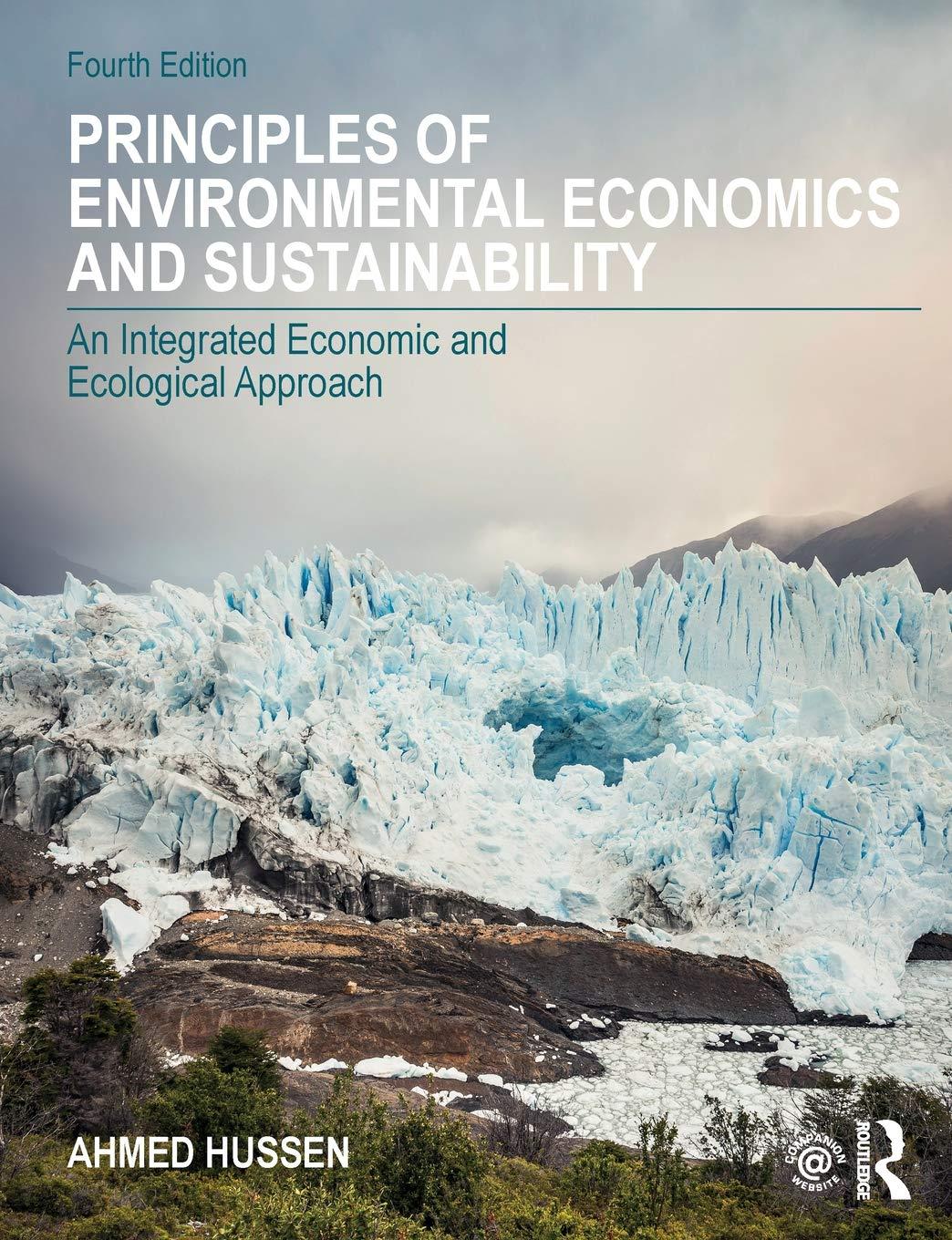The United States' experience with the Acid Rain Program, established under Title IV of the 1990 Clean
Question:
The United States' experience with the Acid Rain Program, established under Title IV of the 1990 Clean Air Act Amendment, has been hailed for its successful use of a market-based emission trading policy instrument to curb sulfur dioxide \(\left(\mathrm{SO}_{2}ight)\) emissions - the primary precursor of acid rain. This was a large-scale operation as it involved trading of \(\mathrm{SO}_{2}\) credits among a number of coal-burning plants scattered in the mid-western and eastern regions of the United States.
However, the evidence thus far of using cap-and-trade as a policy instrument to reduce \(\mathrm{CO}_{2}\) emissions has been, to put it mildly, rather disappointing. Why do you think what has worked for the US to curb \(\mathrm{SO}_{2}\) emissions is not working that well to reduce \(\mathrm{CO}_{2}\) emissions worldwide? Explain by offering some concrete and plausible factors that contributed to these differing outcomes.
Step by Step Answer:

Principles Of Environmental Economics And Sustainability
ISBN: 9780815363545
4th Edition
Authors: Ahmed Hussen





